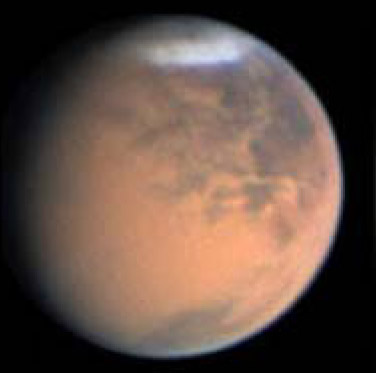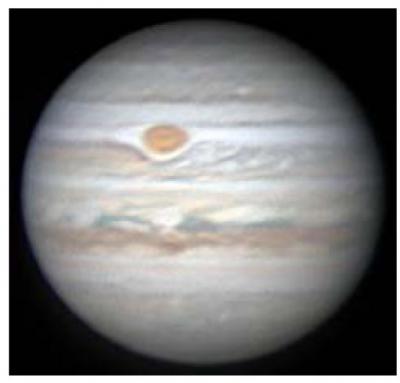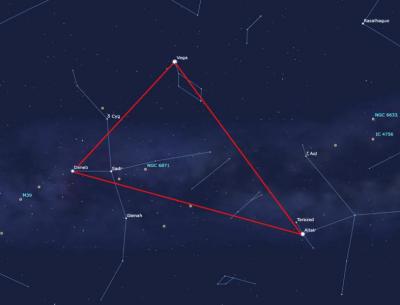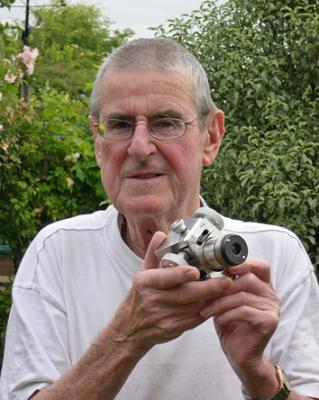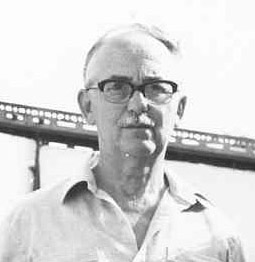Archives
A major dust storm on Mars
For the present opposition of the planet I have maintained a running commentary on the Section website, www.britastro.org/mars. On average
Read moreFrom the President
It is that time of year again when thoughts turn to the annual election of the Board of Trustees and
Read moreSky Notes: 2018 June & July
The Summer Triangle takes the stage, and can be used as a pointer to many objects.
Read moreData Protection & Security
The BAA takes Data Protection & Security very seriously and complies with all applicable legislation. Check your rights and the BAA’s conformity with the GDPR here.
Read moreObituary: John Wall (1932−2018)
John Wall was born in Crayford, Kent on 1932 June 26. Within a year the family moved to Dartford where
Read moreObituary: Michael J. Hendrie (1931−2018)
With the death of Michael Hendrie at the age of 87, the Association has lost one of the great classical
Read more
